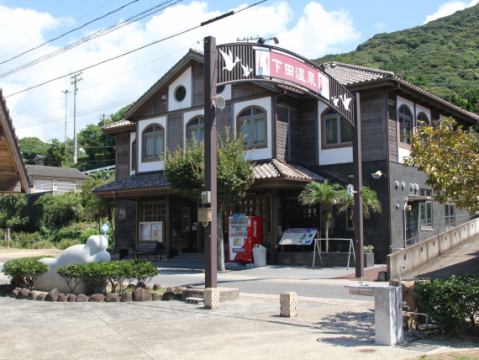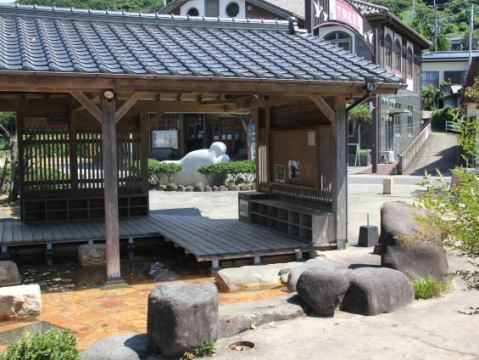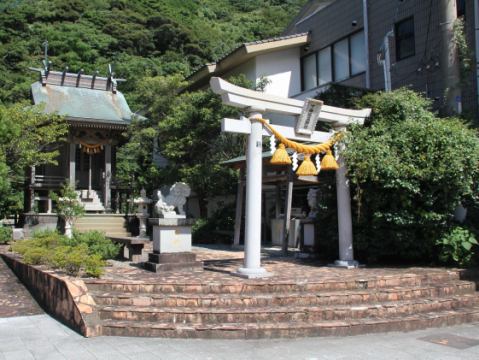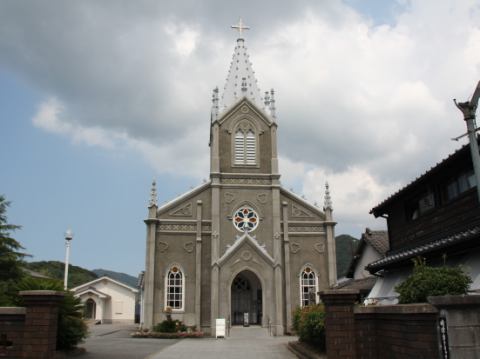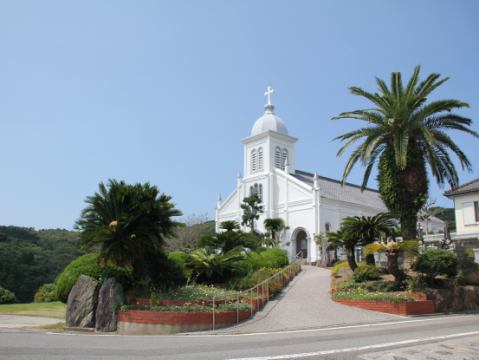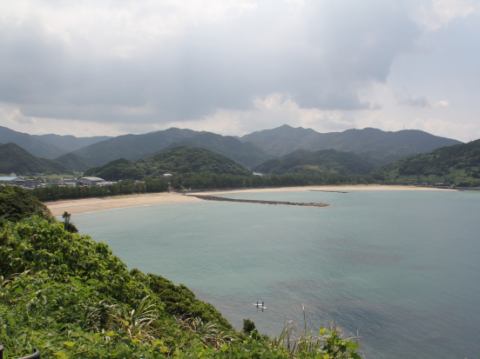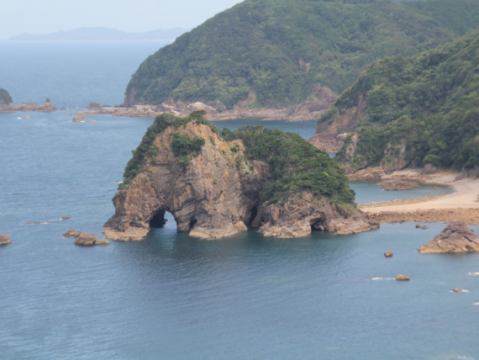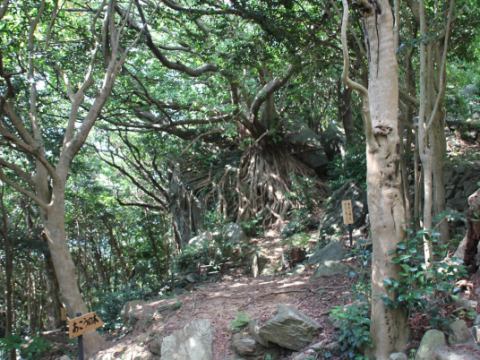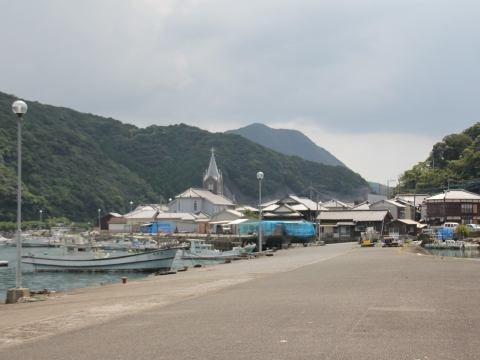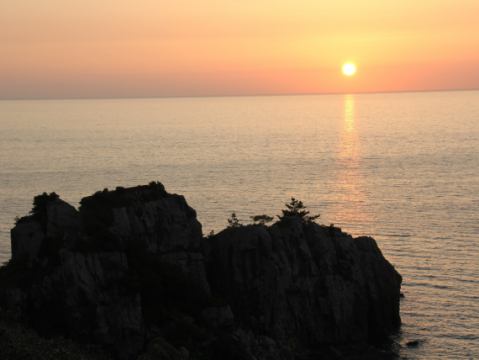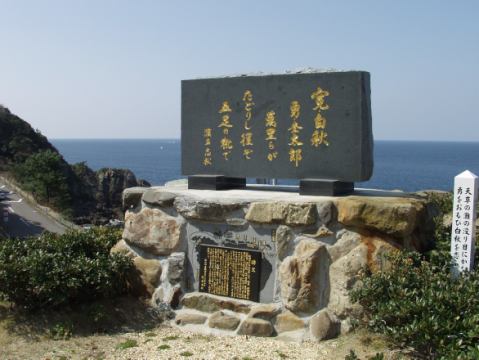Myokenura(elephant rock)
It is a nationally designated scenic spot and natural monument.
It consists of two islands and a cape, and is intricately connected with sea caves.
From the south, there are a series of strangely shaped rocks and caves, including Jusanbutsuzaki, Myoken Rock, Nagahae, Horai Island, Kiumigaura, Kaku Tsuno Bridge, Eboshi Rock, and Genbuzaki.
During the Edo period, the area around the area was called ``Ana-no-guchi,'' and there are records in ancient documents that when the Ueda family had important guests, they would show them around as a scenic spot in Amakusa.
Myokenura is also known as a sunset spot that is part of the sunset line of Kinikaigaura, Shimoda Coast, Shiratsuru Beach, Mt. Araodake, and Tsubaki Park, and attracts many photographers, both professional and amateur. It's a place.
It is also perfect for sea leisure activities such as rock fishing, scuba diving, and camping, as well as kayaking, saunas, tent saunas, etc. It is also known as a modern sea playground.


